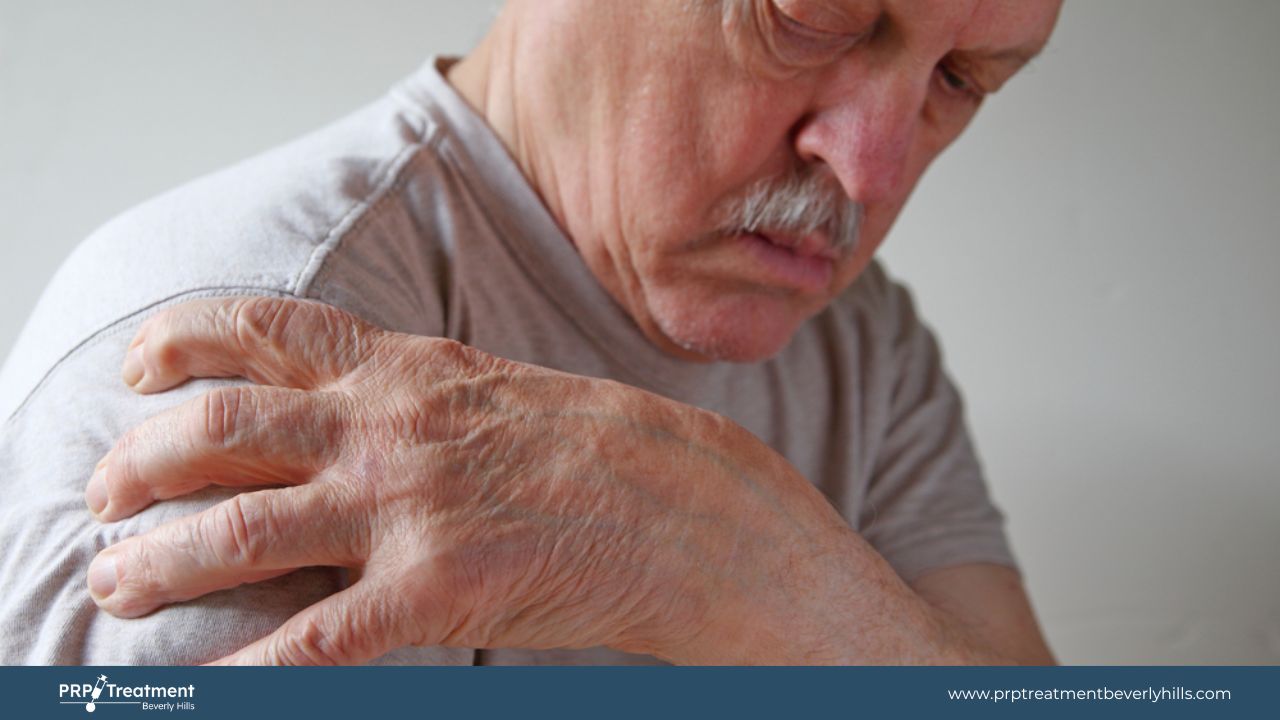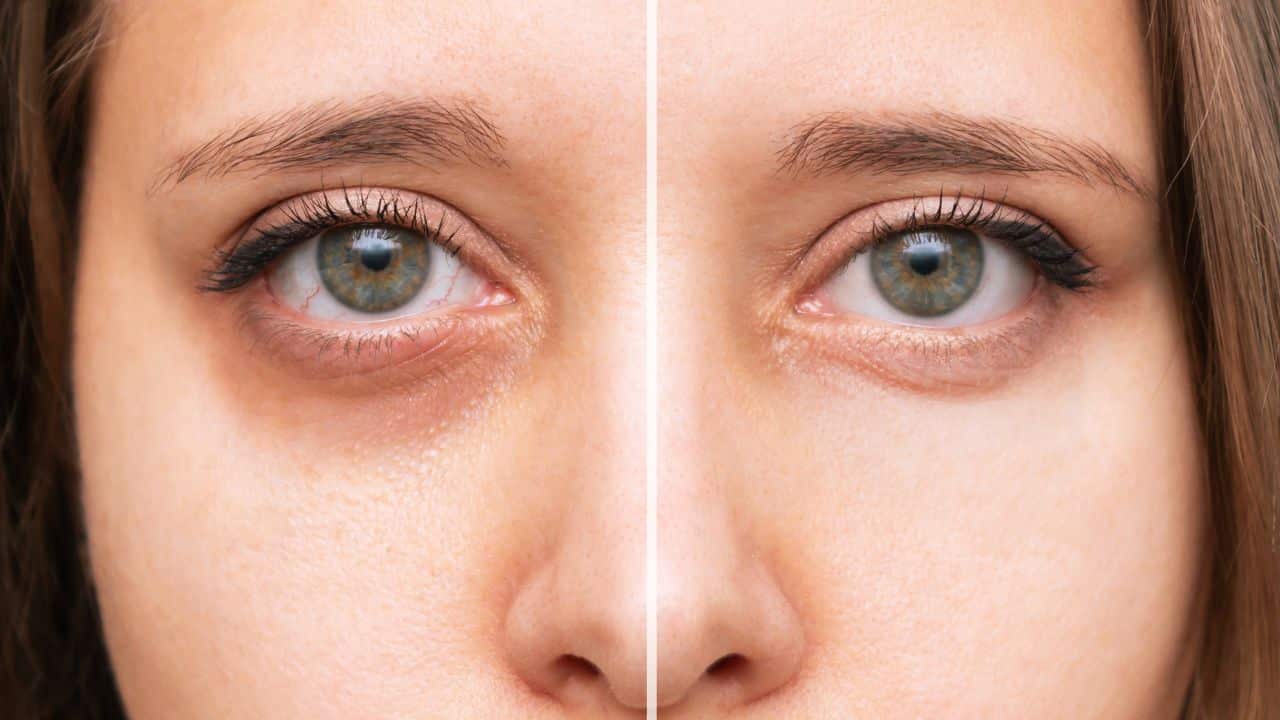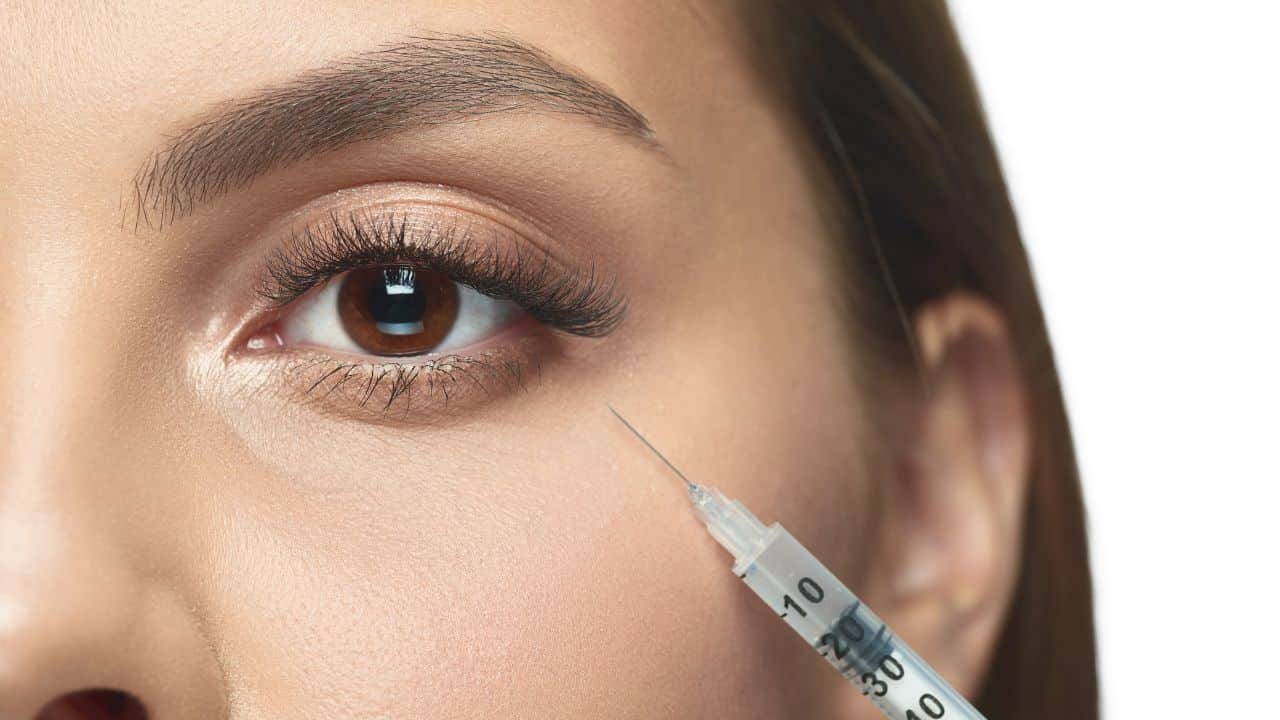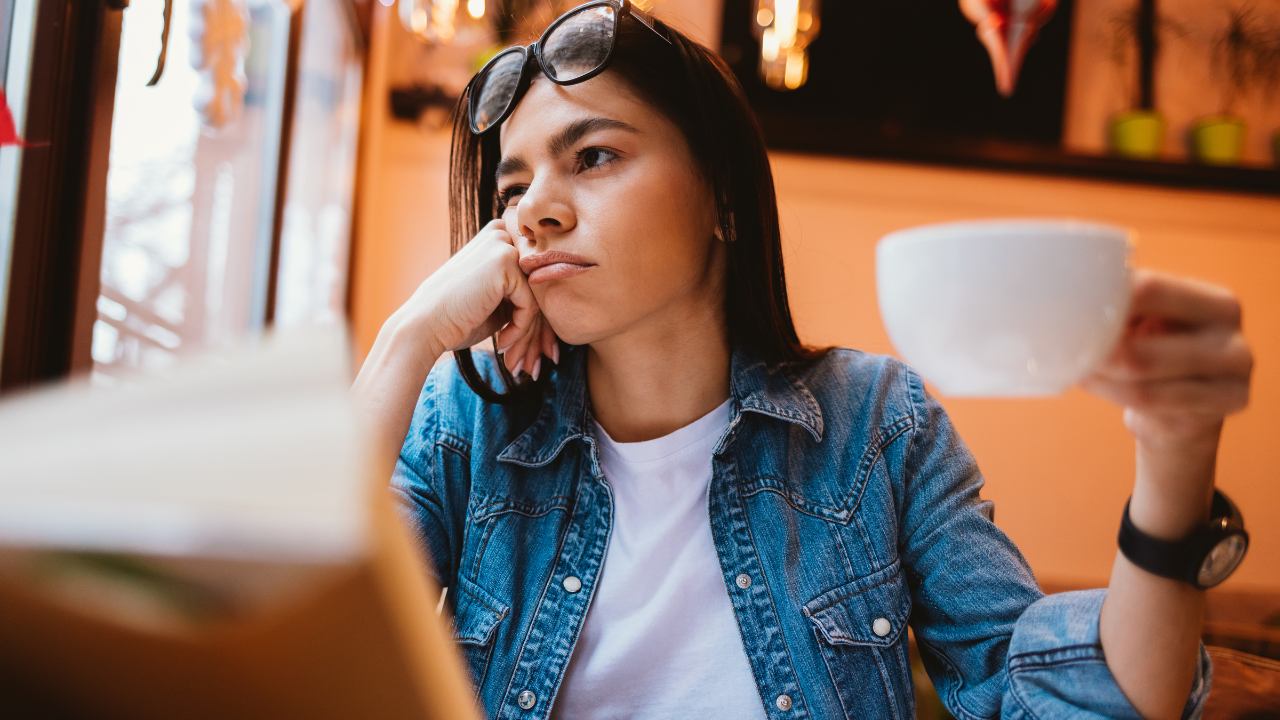Platelet-rich plasma (PRP) therapy is a promising treatment option for rotator cuff tears that involves injecting a concentrated solution of the patient’s blood, which contains platelets and growth factors, into the site of the injury.
Compared to traditional treatments such as surgery and corticosteroid injections, PRP therapy is less invasive and has fewer side effects. However, the effectiveness of PRP therapy for rotator cuff tears is still being studied, and more research is needed to determine its long-term benefits.
In this blog, we will explore the science behind PRP therapy for rotator cuff tears, compare it to traditional treatments, and discuss the benefits and risks of the procedure. We will also guide how to prepare for and recover from PRP therapy to maximize the chances of a successful outcome.
What Is The Science Behind Platelet-Rich Plasma Therapy For Rotator Cuff Tears?
The science behind PRP therapy involves using a patient’s blood to concentrate platelets and growth factors that promote tissue regeneration and healing.
Platelets are blood cells that play a critical role in the clotting process. However, they also contain growth factors that help stimulate tissue repair and regeneration.
Growth Factors
The growth factors found in PRP therapy have been shown to stimulate the formation of new blood vessels, promote the growth of new cells, and reduce inflammation. These growth factors include platelet-derived growth factor (PDGF), transforming growth factor-beta (TGF-beta), insulin-like growth factor-1 (IGF-1), and vascular endothelial growth factor (VEGF).
PDGF plays a crucial role in the healing process by stimulating the migration and proliferation of cells involved in tissue repair. TGF-beta helps regulate cell growth, differentiation, and matrix formation, which is essential for tissue regeneration.
IGF-1 is known to stimulate the proliferation of cells involved in tissue repair and can also stimulate the production of collagen, a key component of connective tissue. VEGF promotes the formation of new blood vessels, essential for delivering nutrients and oxygen to healing tissues.
Cytokines and Chemokines
In addition to the growth factors, PRP also contains cytokines and chemokines that help regulate inflammation and immune response. By reducing inflammation and promoting tissue regeneration, PRP therapy can help accelerate the healing process and reduce pain associated with rotator cuff tears.
Clinical Studies & Evidence For Platelet-Rich Plasma Therapy in Rotator Cuff Tears
Many clinical studies have investigated platelet-rich plasma (PRP) therapy for rotator cuff tears. However, the evidence is still mixed and controversial.
Some studies have found that PRP can improve pain, function, and healing outcomes after arthroscopic repair of full-thickness rotator cuff tears. In contrast, others have found no significant difference between PRP and placebo.
PRP’s efficacy may depend on tear size, number of tendons involved, patient age, smoking status, and injection technique. More high-quality randomized controlled trials are needed to establish the optimal indications, protocols, and outcomes of PRP therapy for rotator cuff tears.

Benefits And Risks Of Platelet-Rich Plasma For Rotator Cuff Tears
While PRP has shown promising results in treating rotator cuff tears, weighing the benefits against the potential risks is important. In this answer, we will discuss the benefits and risks of PRP therapy for rotator cuff tears.
Benefits of PRP for Rotator Cuff Tears
Non-Surgical Approach
One of the primary benefits of PRP therapy for rotator cuff tears is its non-surgical approach. This means that patients can avoid the risks and complications associated with surgery, such as infection, bleeding, and anesthesia complications.
Faster Healing
PRP therapy can accelerate the healing process of rotator cuff tears. The platelets and growth factors in PRP promote tissue regeneration, angiogenesis, and inflammation reduction. This can result in faster recovery times and less pain than traditional treatments.
Reduced Pain and Inflammation
Rotator cuff tears can be extremely painful and debilitating. PRP therapy can help reduce pain and inflammation in the affected area by promoting tissue regeneration and reducing inflammation. This can lead to improved mobility and range of motion.
Long-lasting Results
Studies have shown that PRP therapy for rotator cuff tears can provide long-lasting results. While the initial treatment may require several injections over a few weeks or months, the healing benefits can last for several months to years.
Risks of PRP for Rotator Cuff Tears
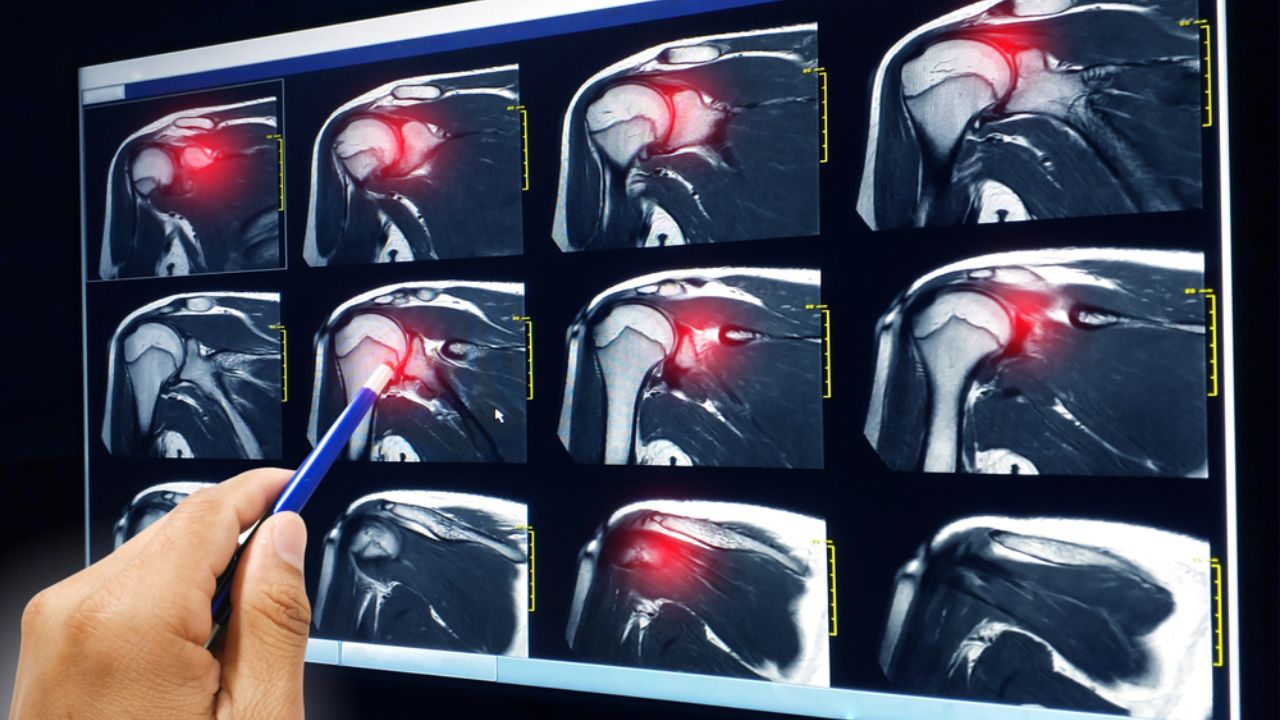
Infection
Like any injection procedure, there is a risk of infection with PRP therapy. However, this risk is relatively low since the therapy uses the patient’s blood, reducing the risk of infection from a donor source.
Bleeding
PRP therapy involves a needle injection into the injury site, which can result in bleeding. However, this risk is also relatively low, especially since the procedure is minimally invasive.
Lack of Consistent Evidence
While many studies have shown promising results, the evidence for PRP therapy for rotator cuff tears is still inconsistent. Some studies have reported significant improvement in pain and function, while others have shown no significant difference compared to traditional treatments.
Potential for Over-treatment
Since PRP therapy is a relatively new technique; there is a risk of over-treatment. Patients may receive more injections than necessary, leading to unnecessary costs and potential risks.
Preparing for PRP Therapy
Before undergoing PRP therapy for rotator cuff tears, patients should take several steps to prepare for the procedure:
- Consult with a medical professional: Patients should discuss their treatment options with a medical professional to determine if PRP therapy is a suitable option for their specific case. The medical professional will evaluate the severity of the injury and determine if PRP therapy is an appropriate treatment.
- Stop taking certain medications: Patients should avoid taking certain medications, such as non-steroidal anti-inflammatory drugs (NSAIDs) and blood-thinning medications, for several days before the procedure to reduce the risk of bleeding.
- Stay hydrated: Patients should drink plenty of water in the days leading up to the procedure to ensure they are well-hydrated. This can help improve the quality of the blood sample used to prepare the PRP solution.
- Avoid smoking and alcohol: Patients should avoid smoking and consuming alcohol for several days before the procedure, as these can interfere with healing.
Platelet-Rich Plasma vs Traditional Treatments For Rotator Cuff Tears
Rotator cuff tears are common injuries that can cause significant pain and disability. Traditional treatments for rotator cuff tears include physical therapy, anti-inflammatory medications, corticosteroid injections, and surgery. Platelet-rich plasma (PRP) therapy is a newer treatment option recently gaining popularity.
|
Aspect |
Platelet-Rich Plasma (PRP) Therapy |
Traditional Treatments |
|
Effectiveness |
Promising results in reducing pain and improving function |
Effective in reducing pain and improving function |
|
Safety |
Generally considered safe, low risk of infection since it uses patient’s blood |
Generally safe. Still, corticosteroid injections and surgery carry risks |
|
Cost |
Can be more expensive than traditional treatments |
Cost varies depending on the severity and type of treatment |
|
Mechanism |
Delivers growth factors and proteins directly to the site of injury to stimulate healing |
Relies on physical therapy, anti-inflammatory medications, corticosteroid injections, and surgery to reduce pain and improve function |
|
Long-term benefits |
Potential for long-lasting results and reduced need for repeated treatments or surgery |
Varied, depending on the severity of the injury and type of treatment |
Effectiveness
Traditional rotator cuff tears treatments can effectively reduce pain and improve function. Physical therapy can help improve strength and range of motion, while anti-inflammatory medications and corticosteroid injections can help reduce pain and inflammation. Surgery may be necessary for severe tears or when other treatments have failed. However, the success rates of these traditional treatments vary depending on the severity of the injury.
PRP therapy for rotator cuff tears has shown promising results in reducing pain and improving function. PRP therapy stimulates healing by directly delivering growth factors and other proteins to the injury site. This can accelerate healing and reduce inflammation, leading to faster recovery and improved outcomes.
Safety
Traditional treatments for rotator cuff tears, such as physical therapy and anti-inflammatory medications, are generally safe and well-tolerated. However, corticosteroid injections and surgery can carry risks such as infection, bleeding, and anesthesia complications.
PRP therapy is usually considered safe since it uses the patient’s blood, reducing the risk of infection from a donor source. The risks associated with PRP therapy are relatively low, and most patients experience no significant side effects.
Cost
Traditional treatments for rotator cuff tears can vary depending on the severity of the injury and the type of treatment used. Physical therapy and anti-inflammatory medications may be covered by insurance, while corticosteroid injections and surgery can be more expensive.
PRP therapy for rotator cuff tears can be more expensive than traditional treatments since it is a newer and less widely available treatment. However, the long-term cost of PRP therapy may be lower than conventional treatments since it can provide long-lasting results and reduce the need for repeated treatments or surgery.
Conclusion
Platelet-rich plasma therapy is a promising treatment option for rotator cuff tears that offers several potential benefits over traditional treatments. PRP therapy can help patients recover from rotator cuff injuries with fewer side effects and a faster recovery time by promoting healing and reducing inflammation.
However, the effectiveness of PRP therapy for rotator cuff tears is still being studied, and more research is needed to determine its long-term benefits. Additionally, patients should carefully prepare for and follow a rehabilitation program after PRP therapy to maximize the chances of a successful outcome.
PRP therapy is a promising option for patients seeking a minimally invasive treatment for rotator cuff tears. Still, it should be evaluated case-by-case in consultation with a medical professional.

